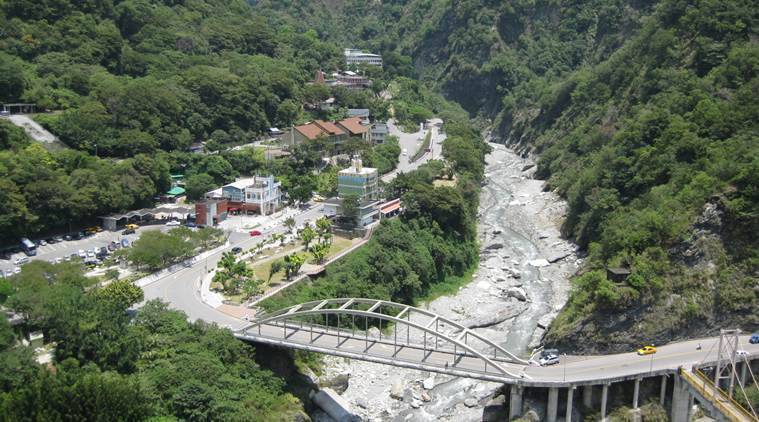National Hydroelectric Power Corporation (NHPC), India’s foremost hydroelectric power corporation, has filed a pre-feasibility report to the Central Electricity Authority of India for the ‘Upper Siang Multipurpose Storage’, Arunachal Pradesh’s largest hydroelectric power project to date.
The study for the 11 gigawatts (GW) project was filed on December 30, 2022, and the NHPC was awaiting clearance, according to senior officials of the PSU.
The project’s main objective is to fight China’s plan to divert water from the Yarlung Tsangpo river, which flows through Arunachal Pradesh as the Siang and subsequently into Assam as the Brahmaputra.
“China is constructing several hydroelectric facilities on the Tsangpo.” One of the largest, however, is a 60 GW dam now under construction in Medong, Arunachal Pradesh. It is one of China’s goals to attain carbon neutrality by 2060 and transfer water to the water-scarce north. This is a huge problem for India, as the diversion of water will cause the river water to diminish during our peak season. In addition to a possible water leak, substantial flooding will occur, according to a top official.
The Upper Siang project, which will serve as a reservoir, is India’s solution to the problem. In the event that China diverts water, the vast reservoir will be able to meet Arunachal Pradesh’s irrigation needs, according to officials.
Construction is under ongoing on a 360 MW dam at Gyatso and a 560 MW dam at Jiexu, according to Chinese government officials. Three other dams with capacities of 640 MW at Dagu, 710 MW at Bayu, and 800 MW at Zhongyu are in advanced stages of planning, they reported.
According to them, Brahmaputra provides 30% of India’s freshwater resources and 40% of the country’s total hydroelectric power potential. According to officials, the Upper Siang reservoir will contain 9 billion cubic metres of water.
